How does your brand stack up against your competitors?
As marketers and brand custodians, we ultimately strive to get to Step 7 of the Brand Engagement pyramid: Devotion. This is where our brand becomes more valuable, and there is a real impact on the bottom line. Getting there, as we have examined in our article series, means active brand management.
This includes regular Brand Audits. Read on to see how instilling this practice reaps many rewards...
BRAND AUDITS
The word “audit” implies an analytical and thorough examination of a subject, and, as with financial audits, Brand Audit are designed to be an holistic way of looking at a brand.
We want to look at all areas, and all touchpoints where the brand and our consumers or employees interact.
An extensive brand audit will help identify:
How the brand is positioned with customers
How the brand is represented and mirrored in company culture
The messages we are putting out on all platforms about the brand
The identity we are giving the brand - what is the look, feel and personality
How are we talking to our consumers and employees - do we have a consistent tone of voice
How does our brand stand up against our competitors brands
Our customer experience (CX) - how they are interacting with every touchpoint from sales to service and beyond.
Our employee experience (EX) - how are our people interacting with the brand and company
How the brand is faring against the marketing and business objectives
Whether the offerings (products and services) under the brand name remain relevant
Opportunities in the market for the company or brand
You can see, by the length of this list, that conducting a Brand Audit requires investment, rigour and will draw on a multitude of resources. It can be a significant project requiring proper project management, and is often something that is outsourced to an independent, experienced third party specialist.
Taking the learnings and using them to inform brand and business strategy will ensure that you get optimal return on your investment.
One of the questions we get asked a lot is : “When and how often should we conduct a Brand Audit?”
It’s an important question, because unlike with Financial Audits, there are no hard and fast rules. There are certain conditions and events that may inform when it is right. Effectively, you should consider a Brand Audit whenever there is a change of some form, or if the brand has not been revisited for some time.
“A Brand Audit may reveal that the brand is on point, and may give business direction. Or it may well prove to be a trigger for brand revisions.”
Change in products or services:
A new offering means you will need to assess whether the existing brand remains relevant. When Dunkin Donuts became increasingly known for their coffee, and were offering a lot more than donuts, the necessity arose to revisit the brand. The result was a name change to Dunkin, whilst still keeping the heritage brand colours of pink and orange that are synonymous with the brand.
Change in market conditions:
Weight Watchers, a 56 Year old brand, became WW in a rebrand signifying a move away from purely weight loss and into wellness, with a tagline “Wellness that Works”. This was in response to changing societal views around women conforming to idealised body stereotypes, and focusing instead on wellness. When market trends are changing, you should consider a Brand Audit to ensure your brand remains relevant.
Change in the competitive landscape:
A new entry into the market can be a good sign that you should do a brand health check. A cautionary tale to punctuate this is that of Blockbuster, who failed to understand their brand in a market where a new, smaller entrant, Netflix, challenged the status quo by offering videos via mail (this was pre-streaming days). Blockbuster stuck to their marketing, brand and offering laurels, and are now no longer. Netflix on the other hand continued to evolve and adapt and is now a $28 billion business.
Change in the company:
A merger, acquisition or major company change is a good time to audit the brand or brands. When Office Max and Staples merged, they created a new brand Winc (standing for Work Incorporated) instead of using either of the existing names.
The most critical point we can make is that a Brand Audit is an incredibly useful business resource. It’s not merely an interesting report that is compiled, presented and then shelved until the next one. It is a true investment in the brand, and should be conducted by any marketer or brand owner who is truly looking at their brand’s long-term value.
In a future article we will be examining the “hows” of a Brand Audit process and taking a look at tools and techniques required.
As the only dedicated dual Brand and HR experts in Australia, Dovetail Brand Engagement are well placed to bring objectivity and the essential expertise needed to best position your brand with a long term vision and to future proof your business for the competitive challenges ahead. More >





